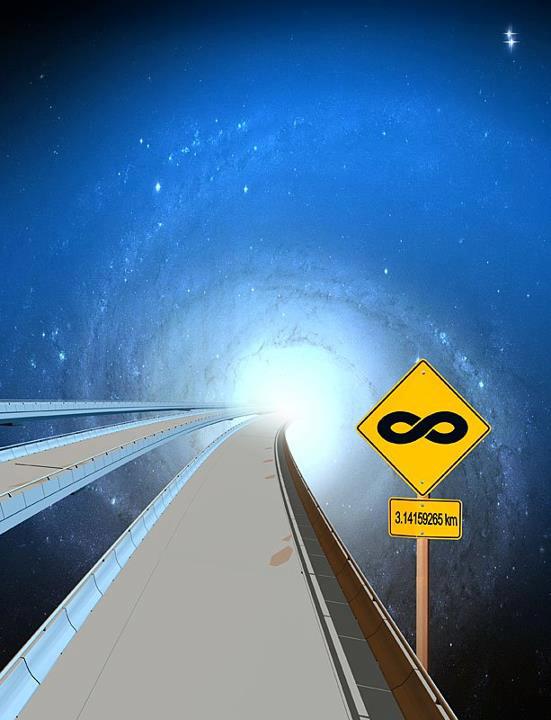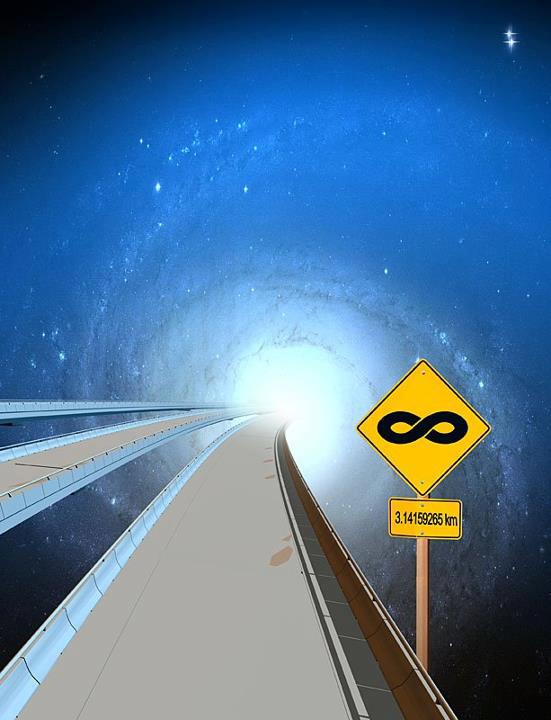

In the past, it was generally agreed upon that the Universe was either infinite in size and age, or that it was of finite size – with the dimension of time not coming about until the birth of the universe. If the latter is actually the case, any event(s) occurring before this era could have no appreciable affect on what is happening now. But ultimately, the question of whether or not it had a real beginning was relegated to the fields of metaphysics or theology. With the limited technological capabilities of previous eras, it was possible to account for what we’ve observed using either theory: that the universe had existed forever, or that it was set in motion at some finite time in the past (regardless of the mechanism that resulted in its formation).
However, we now know that this debate is much more complex than we’d ever imagined. In an infinite and static universe, the accelerating expansion of the cosmos, which was triggered by dark energy, is nonsensical; it just doesn’t make sense. You can’t have something that is static and unchanging .. but is expanding somehow. For the time being, let’s take a moment to delve into the evolution of our understanding of the cosmos. Because to understand where we are going, we must understand where we have been.
With that in mind; when Sir Issac Newton first took to studying the stars, his prediction was that matter is attracted to other matter by some kind of an invisible force. Going a bit further with this, he thought that the more massive cosmological bodies are, the closer they are to one another logistically. In his theory of gravity, the stars should be attracted to one another – a kind of attraction similar in mechanism to magnets. Yet, contradictory, from our point of view, distant stars remain in a static position and appear motionless. Plus, if the stars and matter are really attracted to one another, wouldn’t they eventually all fall together…wouldn’t we bear witness to such a phenomenon?

This bothered Newton to his core, but instead of modifying his theory (like most modern cosmologists do), it was decided that the Universe was infinite; with an infinite number of stars that were distributed uniformly throughout the Universe. The stars wouldn’t fall together if there wasn’t a central point for them to fall into, and so this assumption seemed to solve the little conundrum about the unchanging face of the heavens. You see, in an infinite universe, every point can be regarded as the center of the universe, and the theory assumed that every point would have an infinite number of stars on each side of it (making things essentially equal). However, according to Newton’s law, the extra stars would make no difference at all to the original ones; meaning, on average, the stars should fall just as quickly as previously thought. We can add as many stars as we’d like to the equation, but they will still always collapse in on themselves no matter how vast the universe becomes. We now know it is impossible to have an infinite static model of the universe in which gravity is always an attractive force to matter with substantial mass.
A German philosopher named Heinrich Olbers was one of the first people to successfully argue that in an infinite, yet static universe, every line of sight should shine like the surface of a star. The only way of avoiding this conclusion (that the night sky should be as bright as the surface of the sun) would be to assume that the stars had not been shining forever, but had turned on at some finite time in the distant past. In that case, light from distant stars might not yet have reached us. This lends credence to the idea that the Universe is not static, but still in the process of growing.
In truth, the beginning of our journey into where the Universe came from has existed nearly as long as human-kind – long before Newton introduced his laws of motion. However, the answer to some of our most burning questions remained outside of the realm of our capabilities. it wasn’t until Edwin Hubble observed distant galaxies moving away from us at dizzying speeds, that pegging down the origin of the universe became possible through science. Hubble’s observations suggested that there was a time when the universe was infinitesimally small and infinitely dense. Under such conditions, all the laws of science, and therefore all ability to predict the future, would break down…kind of like space/time does in the event horizon of a super-massive black hole.

As stated before, if events transpired any earlier than this (during a time in which the universe didn’t exist in its present form) then said events could not affect what happens at the present time in our current state. Their existence (the existence of these “previous” universes) can be ignored because they would have no observational consequences now. One may say that time had a beginning (the big bang), in the sense that earlier times simply would not be defined. In an unchanging universe, there is no physical necessity for a beginning. But in a changing universe (of which we are definitely sure of) a beginning in time is something that has to be imposed by some external cause, perhaps one from outside of the universe (a multiverse is one solution to this problem) So, is the universe finite, or what? It’s still subject that warrants debate. Perhaps we will revise our theories on the subject if, or when, we determine the exact mechanism of dark matter and dark energy – the mysterious force driving the universe apart.